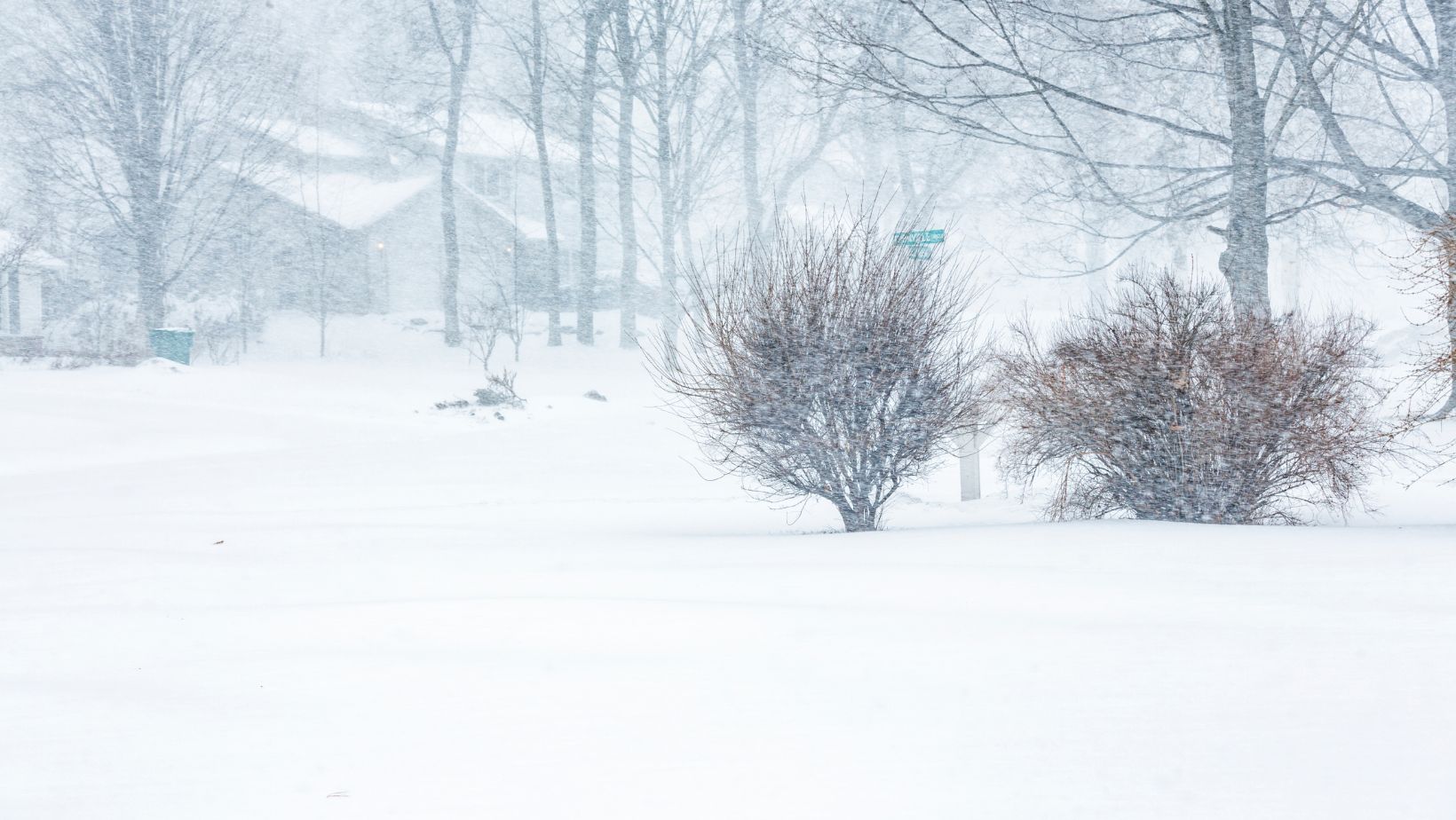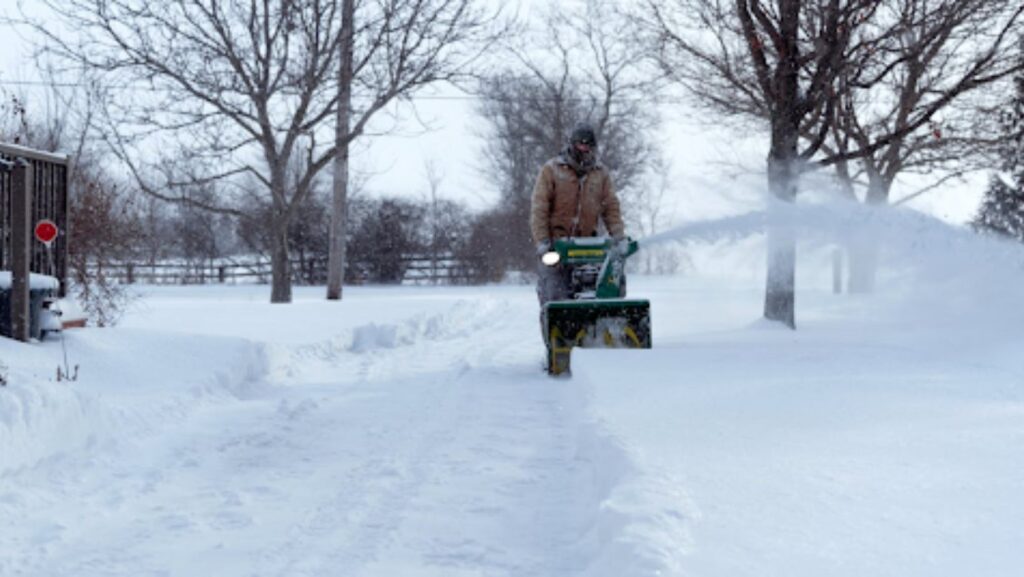Extreme weather events, whether they involve blistering heat waves, heavy snowfalls, or unexpected storms, can take a serious toll on your home. Seasonal home maintenance plays a critical role in helping you prepare for these weather shifts, minimizing damage and maximizing comfort.
Taking the time to address key aspects of your home before these changes occur can save you from costly repairs and ensure your property remains resilient throughout the year.
Assessing the Roof and Gutters
One of the most vulnerable areas of a home during extreme weather is the roof. A roof that is damaged or in disrepair can lead to leaks and structural issues when heavy rain, snow, or wind arrives. Before each season, it’s essential to inspect your roof for missing or damaged shingles, tiles, or flashing.
In winter, ice dams can form if gutters are clogged, causing water to back up under the roof and potentially lead to leaks. To prevent this, clean your gutters thoroughly, ensuring they are free of debris and allowing water to flow freely. Moreover, if heavy snowfall is common in your area, it’s a good idea to have the roof inspected for any structural weaknesses that could cause it to collapse under the weight of snow and ice. For those who enjoy challenges, a fun way to pass the time during the cold months is by playing an online mines game, offering a stimulating break while you manage your home’s winter needs.
Preparing the HVAC System
Extreme weather also means your HVAC system will be working harder to maintain a comfortable temperature inside your home. Regular maintenance of your heating and cooling systems is a must before the seasonal change. Change filters and clean the ducts to ensure proper airflow.
If you’re in a cold climate, make sure your heating system is running efficiently to avoid breakdowns during a cold snap.

If you live in an area prone to heatwaves, an air conditioning unit that’s not running optimally can be a costly problem. Scheduling a professional inspection can help identify any issues early, allowing for repairs before the heat or cold sets in.
Sealing Windows and Doors
Air leaks around windows and doors can significantly affect your home’s energy efficiency and comfort during extreme weather. Cold drafts in winter and hot air in summer can cause your energy bills to skyrocket and make your home less comfortable.
Sealing these gaps by installing weatherstripping or caulking cracks is an easy and cost-effective way to reduce the impact of extreme weather. Additionally, check the condition of your doors and windows. Replace any worn-out seals, and consider upgrading to double-paned windows if you live in a region that experiences extreme temperatures frequently.
Inspecting Insulation and Plumbing
Good insulation is essential for keeping your home warm in winter and cool in summer. Before the temperature drops, ensure your attic, walls, and basement are properly insulated. Insulation helps to regulate the indoor climate, reducing the burden on your HVAC system and preventing heat loss or gain.
This will also help in protecting your plumbing, which is particularly susceptible to freezing during extreme cold. Pipes that are exposed to cold air, especially in basements, attics, or crawl spaces, can burst, leading to expensive repairs and water damage. Adding insulation around pipes and keeping your home at a consistent temperature will help safeguard against these risks.
Tree and Landscape Maintenance
The exterior of your home, including trees, shrubs, and landscaping features, should also be prepared for seasonal extremes. Overhanging branches can pose a serious risk during storms, particularly when strong winds are present. Trim back any trees or branches that could potentially fall on your roof, power lines, or vehicles.
If you live in an area prone to heavy snow, make sure that branches are not overloaded with the weight of snow, which can cause them to snap and damage your home. Moreover, check the drainage around your property. Clogged drainage systems can lead to flooding during heavy rain, so ensure that water flows away from the foundation of your house.
Testing Smoke and Carbon Monoxide Detectors
During extreme weather, the risks of fire or carbon monoxide poisoning can increase. For example, using space heaters or other supplemental heating devices can lead to accidental fires if they are not used safely. Additionally, snow and ice can block ventilation systems, increasing the chances of carbon monoxide buildup inside the home.
Test your smoke and carbon monoxide detectors to make sure they are functioning properly. Replace batteries and ensure the detectors are positioned in the right places, particularly near bedrooms and on each floor of the house.
Preparing for Emergency Situations
No matter how much you prepare, extreme weather can sometimes cause disruptions, and it’s essential to be ready for the unexpected.

Having an emergency kit stocked with essential supplies like water, non-perishable food, blankets, flashlights, and extra batteries can make a significant difference in ensuring you and your family are safe during a storm or power outage.
Additionally, develop a plan for how to safely evacuate or shelter in place if necessary. Keeping your home stocked with emergency provisions, and knowing how to react during an extreme event, will go a long way in minimizing risks and ensuring your family’s safety.
Conclusion
Preparing for extreme weather requires a comprehensive approach that addresses both the exterior and interior of your home. Seasonal home maintenance allows you to proactively manage potential problems, reduce the risk of damage, and ensure that your home remains a safe, comfortable space throughout the year. By taking the time to inspect and maintain key areas such as the roof, HVAC system, windows, and plumbing, you can face whatever weather challenges come your way with greater confidence and peace of mind.

